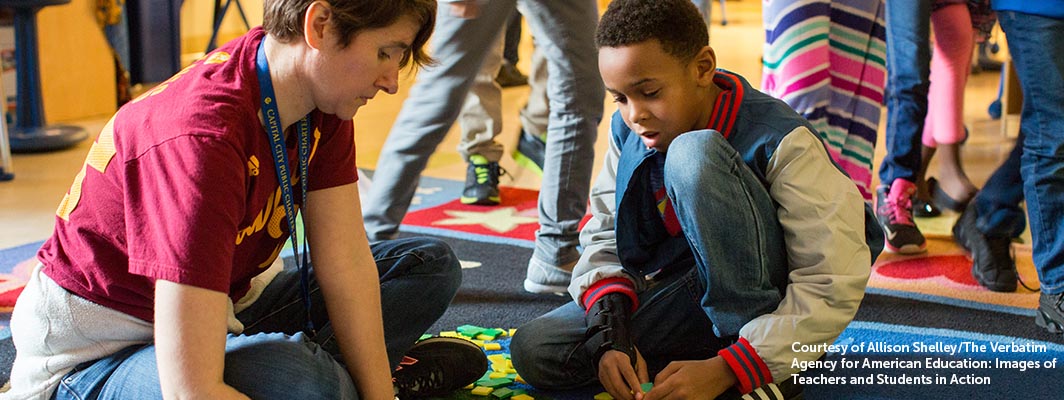Understanding the appropriate way to seek out help is not a skill every student has. Some children, especially younger ones, meet every assignment with cries of “I need help!” — before trying independently. Others, especially older students and those struggling with self-esteem, might refuse assistance even when they are entirely lost.
Teachers want to provide help in a way that develops students’ self-awareness and self-efficacy, but that’s complicated, too. Most PreK-12 teachers have at least 20 students in their classroom at any given moment, and often more. When assignments get tough, it can feel impossible to give each student the individualized insight and tools she needs.
Three Tiers of Help
One solution to these dilemmas is for educators to weave “help” into the fabric of their classrooms. Teachers can set up structures, habits, and routines that allow students to think deeply about and access the support they need — which can also give teachers more availability to home in on individual students and skills.

